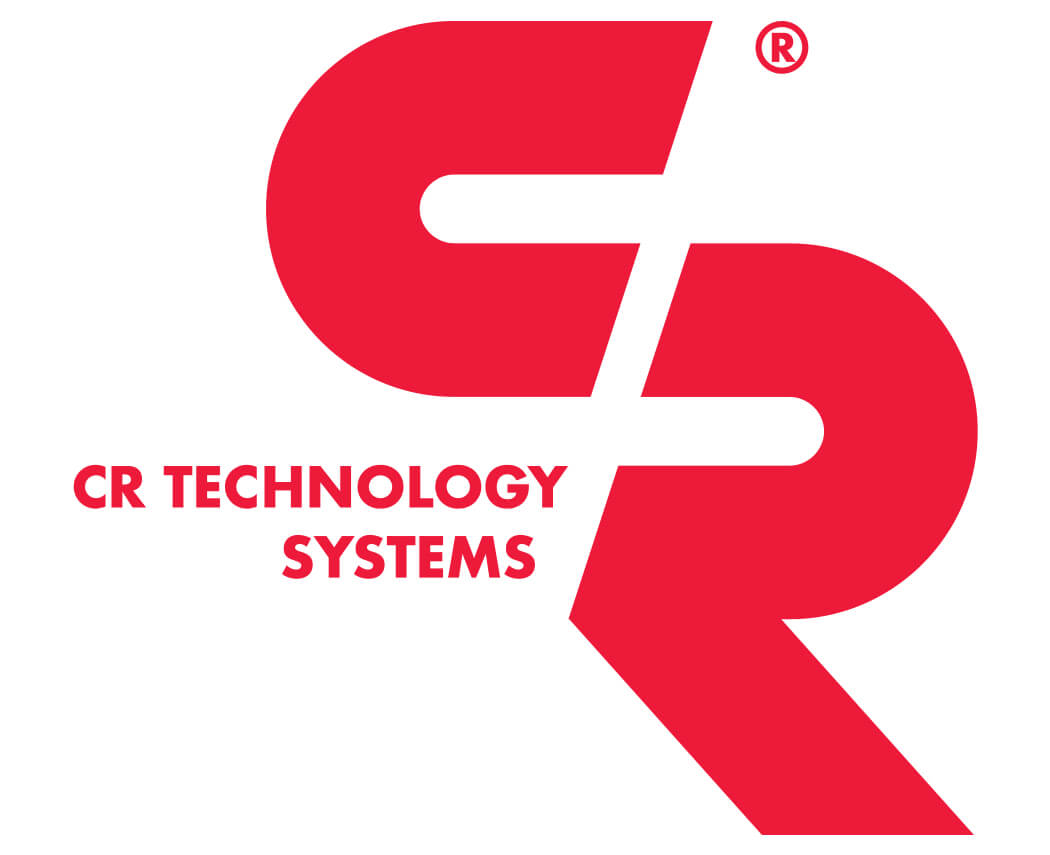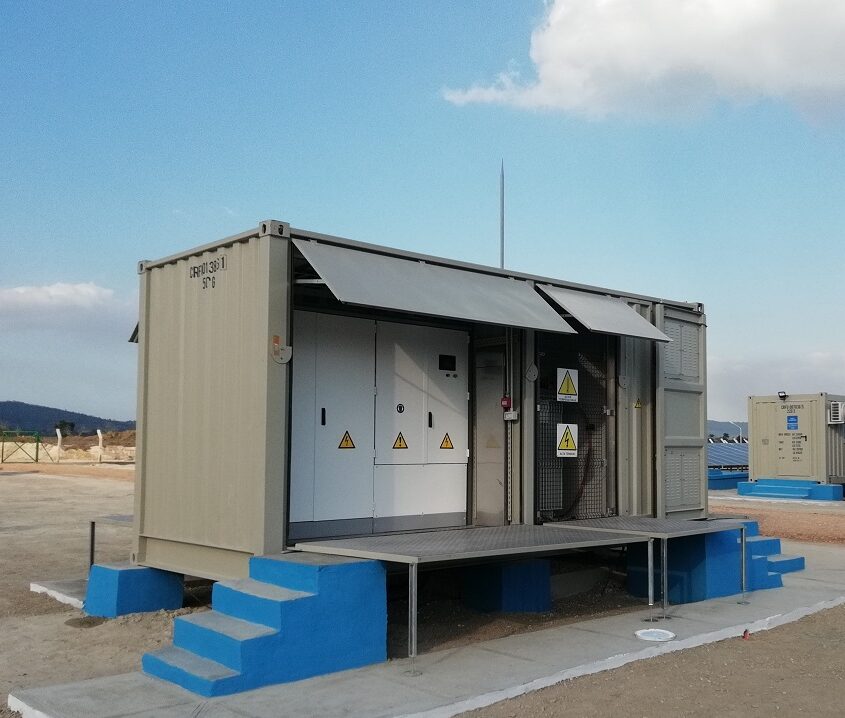The term E-House (acronym for Electrical-House) refers to a type of electrical substation, which is more compact, and in economic terms, it is more advantageous and reliable than traditional substation structures.
An E-House is a customized, pre-assembled and pre-tested substation, suitable as temporary solutions. It is ideal in places with difficult access.
This solution is similar to a substation, capable of minimizing installation and maintenance operations on site, which is particularly advantageous in the presence of remote and difficult to access areas.
It is a technologically advanced solution, that guarantees greater reliability, with the same electrical performances, thanks to space-saving equipment and innovative materials.
The E-House can be supplied either in ISO standard sizes or tailored designed. It is easily transportable and conceived to house the equipment necessary to manage the energy flows of the substation, and to accommodate in the smallest possible space electrical power and control panels, equipment for the transformation of electricity, and those devices necessary for measurements and communication.
The driver of sustainability plays an important role in the design of E-Houses, which, together with the designer’s technical know-how, allows the life cycle of the product from design to disposal.
One of the added values of the E-House is the possibility of pre-assembling it in specialized factories, where it is easy to promptly manage any problems that may arise, difficult to solve on site.
In this way any possible error will be minimized, granting high reliability and limiting maintenance interventions, and significantly reducing the operating costs of the plant.
Another advantage of pre-assembling is its easy installation in field (plug and play), since all interconnections are carried out in the factory.
E-Houses are particularly suitable in cases where the available space is limited, or in the presence of problems with access to the site, or for mobile substations.
It is important to highlight that compact electrical substations are divided into two types: primary substations and secondary substations.
Primary substations: they manage the high-voltage energy that, through the national transmission grid, crosses the entire involved territory.
In the case of this solution, it is not always possible to reduce the spaces by creating a single structure, both for transport that could result too much difficult due to the container dimensions, and for possible adjustments that would be complicated to carry out onsite.
In order to avoid these problems, C.R. Technology Systems has developed its own E-House, called STC-Box, with a compact structure, supplied either completely pre-assembled, or disassembled in modular blocks and composed of various elements connected to each other, and easily modifiable later.
Our ISO MARINE container, consisting of a one-piece self-supporting metal structure, are sea-shipping approved, as they can house the equipment inside of a structure specifically designed for lifting and positioning.
Secondary substations: run more reduced energy flows by taking them from the national transmission grid. These substations are more diffused, as they deal with distributing energy at lower voltage levels, but in a very articulated way.
They require less equipment and less surface area, that is why we have developed a product, called STC-Kiosk. It consists of a very compact E-house, with a reduced number of equipment, arranged in order to optimize the maximum space, ensuring reliability and the possibility of carrying out maintenance in the simplest and fastest way.
The great versatility of E-Houses allows the design of mobile compact substations, which in terms of weight and reduced volume, represent a fundamental solution in developing countries, where the traditional infrastructures are insufficient and where the need for energy varied according to touristic flows.

